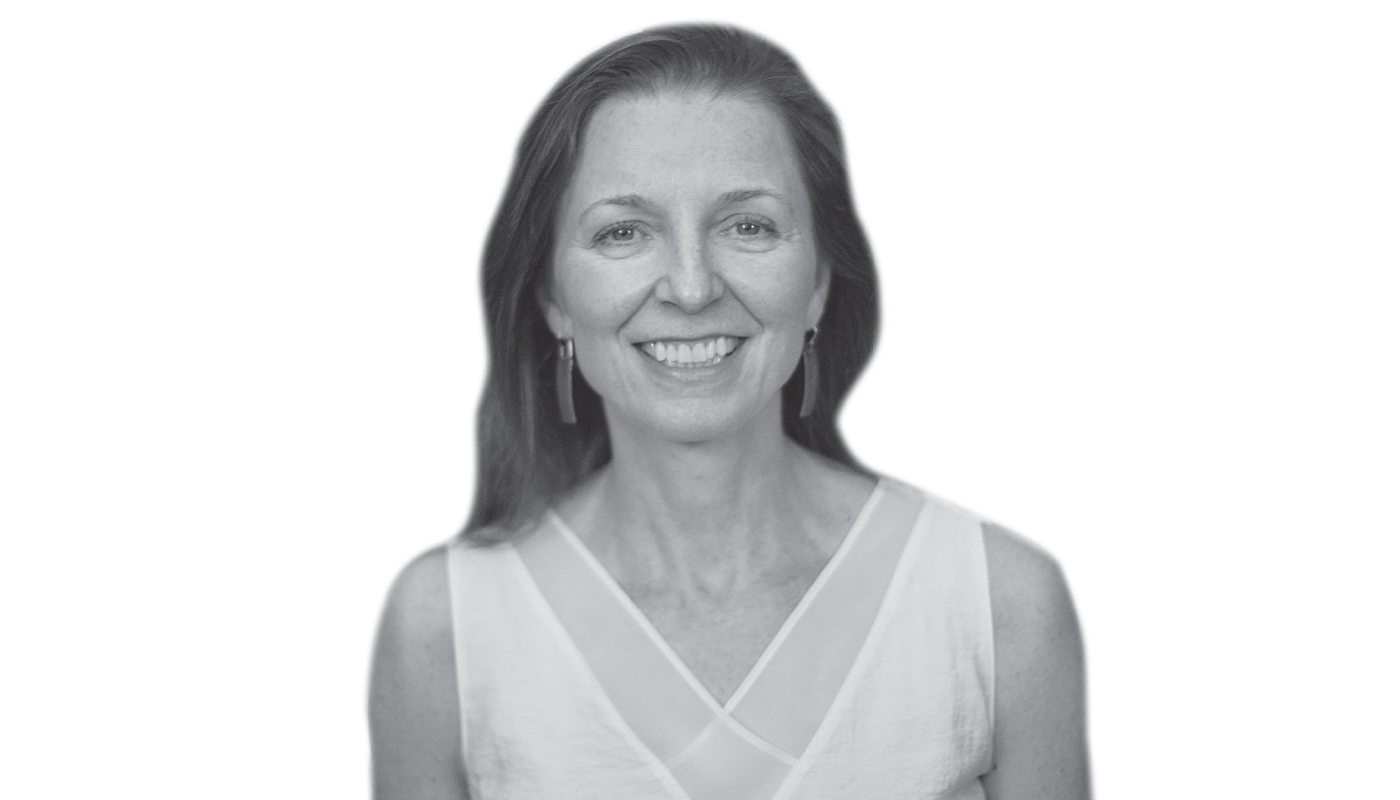
In the past, when the Global Burden of Disease (GBD) surveyed a population, data were not specific to the sex of the individual. Instead, estimates of the number of cases were based on the percentage of men and women in a population. This year the GBD in collaboration with the Vision Loss Expert Group published two articles that highlight analyses from disaggregated data – information specific to the sex of the individual. So, for the first time, we can see how sex and age affect the global disease burden. The findings confirmed what we suspected: prevalence of almost every major cause of blindness, except glaucoma, is higher in women than men, with 55 percent of women affected by vision loss. Even in conditions such as uncorrected refractive error and cataract, this disparity exists. These studies highlight the need to understand and address the causes of the disparities. The causes can be broadly applicable across disease categories, but may also be specific, depending on how the pathophysiology of the disease interacts with sex and gender, or based on genetics. Additionally, causes may be influenced regionally based on access to care, cultural differences within the region or by the burden associated with caring for others and local resources. Gender is an important factor across these considerations.
What leads to the disparity? The problems are complex and mining the existing data collected is needed. Regarding access to care, we hear how disparity may come to be, but we would like to better understand and work out creative solutions. Poverty increases vulnerability to poor health, including eye disease and vision loss. In many cultures, women are the caregivers for men, women and children. It follows that women may place themselves lower in priority than family members to seek eye care. In some cultures, women are also shopkeepers, fulfilling an important role in the economy of the region. If women become visually impaired, this can then adversely impact the economy and exacerbate poverty. There is concern that the disparity in gender may become more pronounced by the current pandemic, in which “non-essential” healthcare was slowed for a period of time.
In some age-related eye diseases, there was the thinking that vision loss occurred more often in women than men because women live longer. An example is age-related macular degeneration. In the studies recently published in Lancet (1), greater burden of vision loss and blindness occurred in women regardless of age. When data were analyzed based on disease, blindness was greater in women than men for AMD, cataract, uncorrected refractive error and diabetic retinopathy, (glaucoma alone affected men more than women (2)). And these outcomes existed for age-standardized prevalence. These outcomes imply that the burden was not simply due to women living longer than men.
There are eye conditions that are affected in women compared to men in specific situations. As an example, uncontrolled diabetic retinopathy can lead to vision loss, and pregnancy can increase the progression of diabetic retinopathy (3). Therefore, education on diabetes care is essential to all genders, but particularly for women at ages when they can conceive.
We need to understand root causes of the disparities, and grant support is needed to mine data specifically related to barriers to eye care and health based on gender. As director of Women’s Eye Health and in cooperation with the Vision Loss Expert Group’s Global Burden of Disease Principal Investigator, Rupert Bourne, Professor of Ophthalmology at Cambridge University Hospital and Anglia Ruskin University, UK, we are exploring ways to identify funding sources to support investigators with this interest now that the data are collected. As resources for this needed research are being identified, there are other means to serve our patients. One includes the use of telemedicine. Telemedicine programs are already helping us compensate for not having enough ophthalmologists to meet the global demand, particularly in remote or rural areas without ophthalmologists. A patient with diabetes potentially can have their eyes imaged at a primary care clinic and the images read by an artificial intelligence program or sent to an ophthalmologist remotely. By combining telemedicine with methods to focus on patients who need treatment for their retinopathy, ophthalmologists may meet the demand. The use of imaging is helpful to educate patients and emphasize what the patient can do to slow progression of retinopathy or reverse vision loss through the use of anti-angiogenic therapies.
Congratulations to the investigators of the Global Burden of Disease and Vision Loss Expert Group who provide these important data. The data show progress and areas for improvement.
References
- The Lancet, “Trends in prevalence of blindness and distance and near vision impairment over 30 years: an analysis for the GBD study” (2020). Available at: https://bit.ly/35PmOeL.
- The Lancet, “Causes of blindness and vision impairment in 2020 and trends over 30 years: an evaluation of the prevalence of avoidable blindness in relation to VISION2020: the right to sight” (2020). Available to: https://bit.ly/2Ngsacs.
- J Bourry et al., “Progression of Diabetic Retinopathy and Predictors of Its Development and Progression During Pregnancy in Patients With Type 1 Diabetes: A Report of 499 Pregnancies”, Diabetes Care, 44, 181 (2021). PMID: 33177172.
